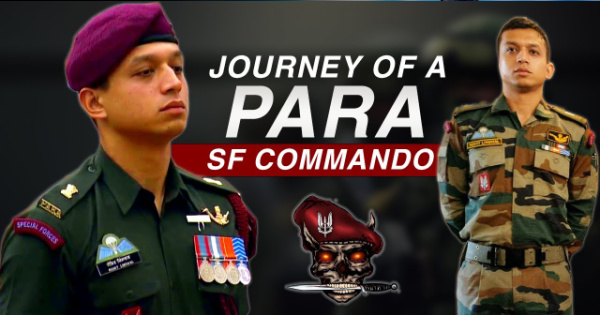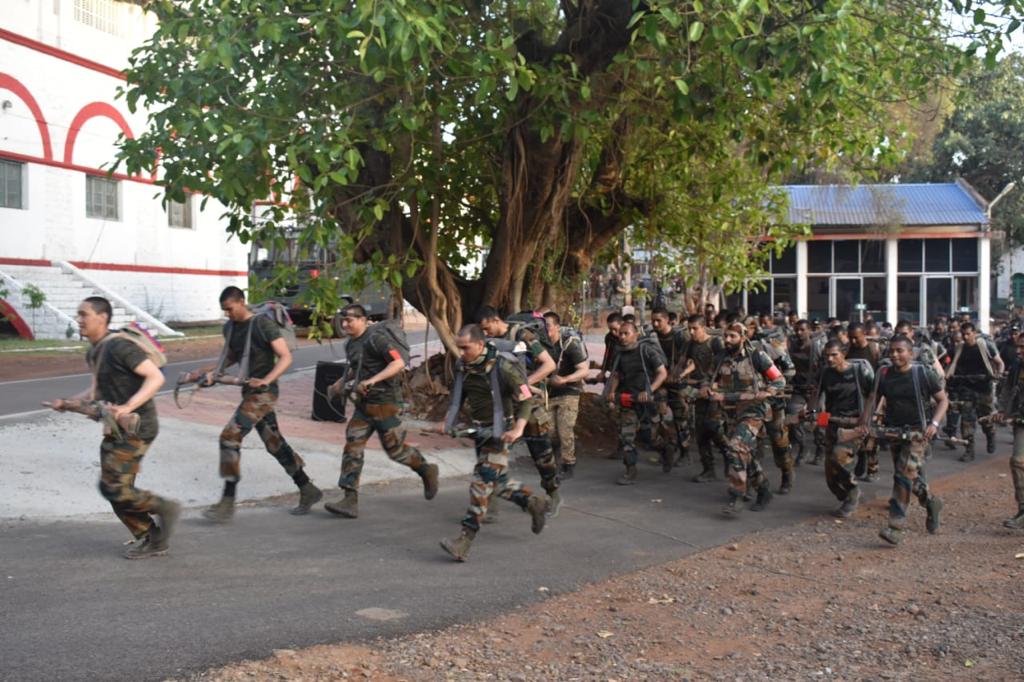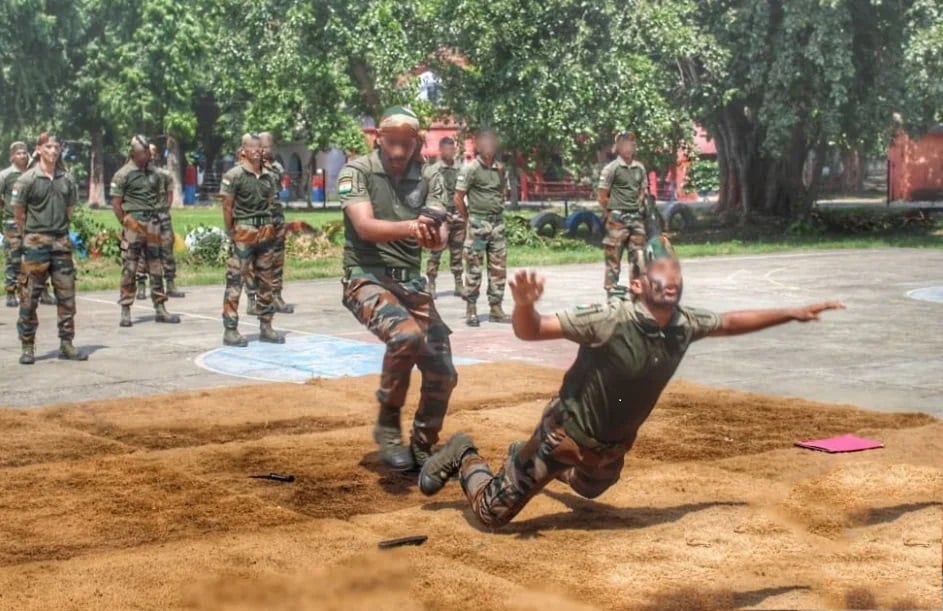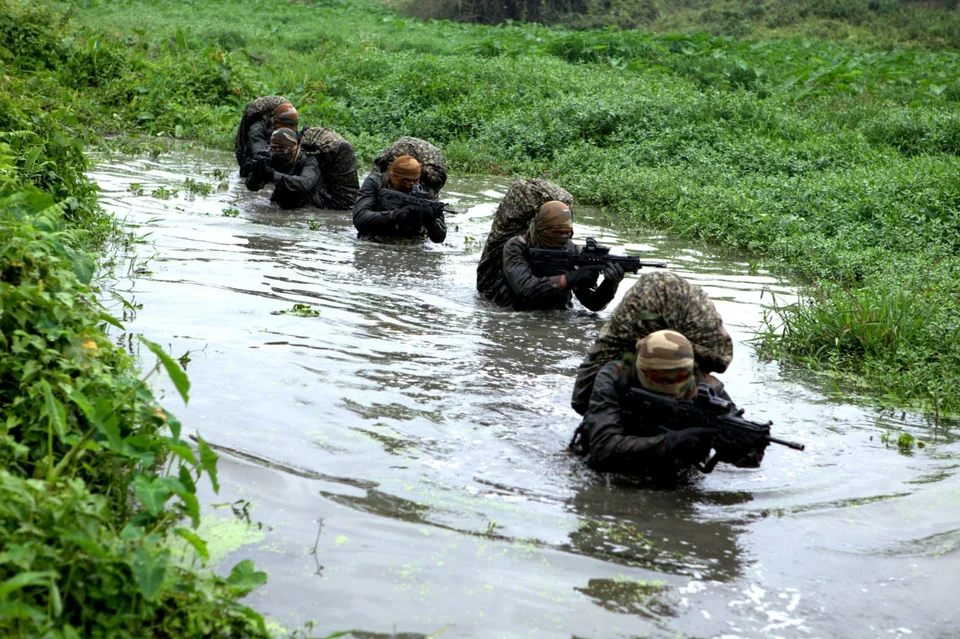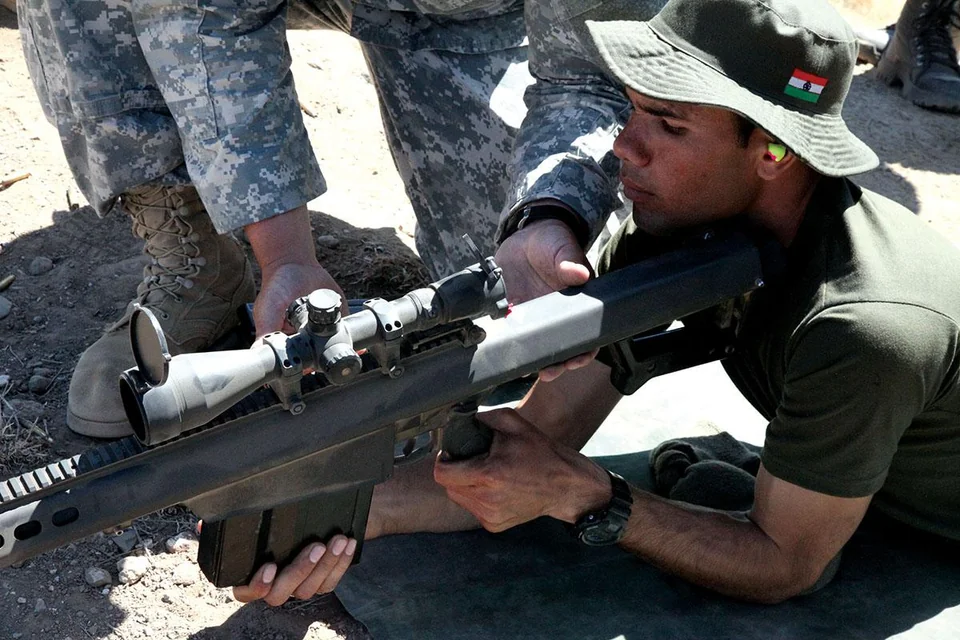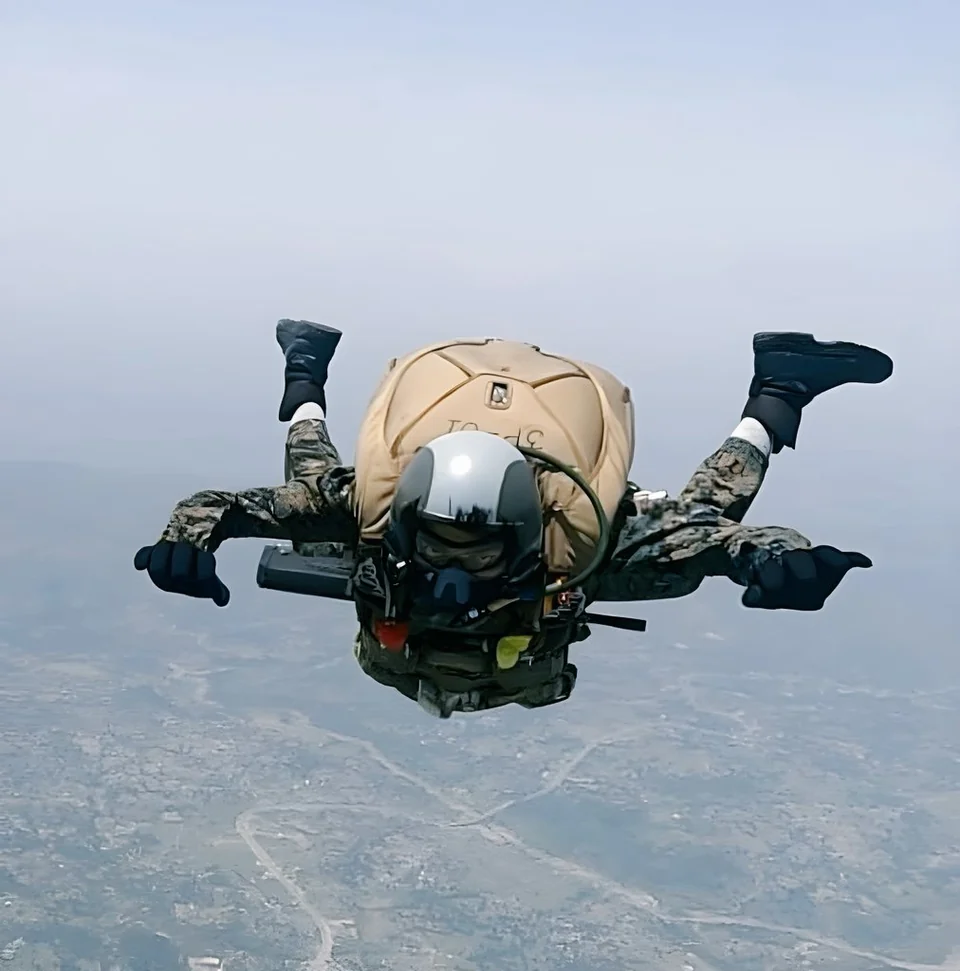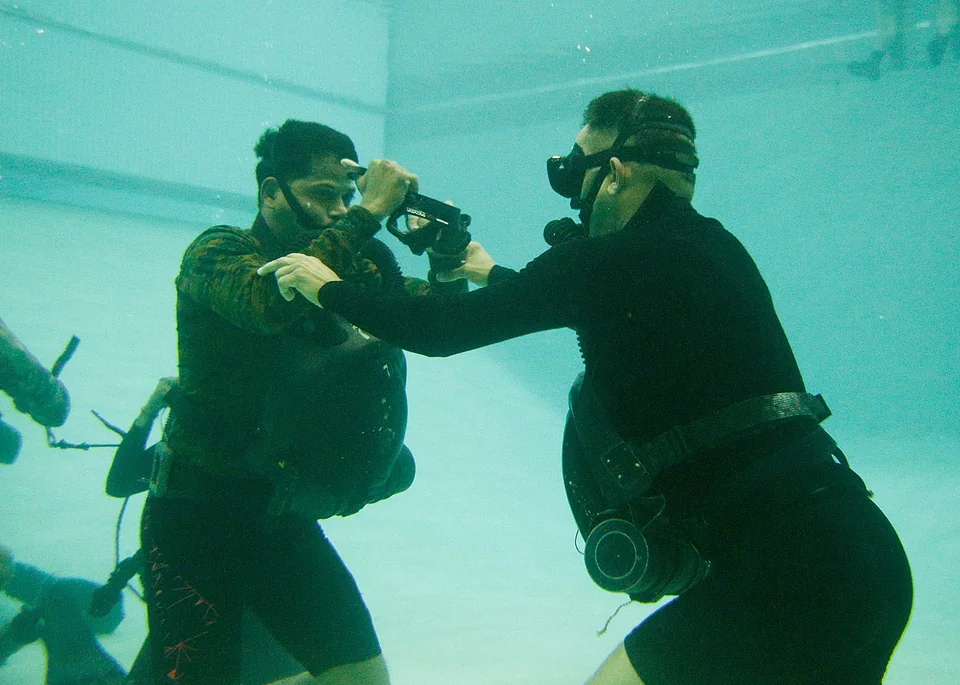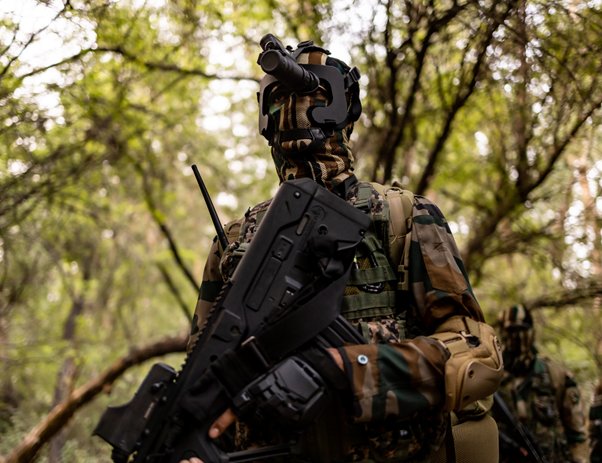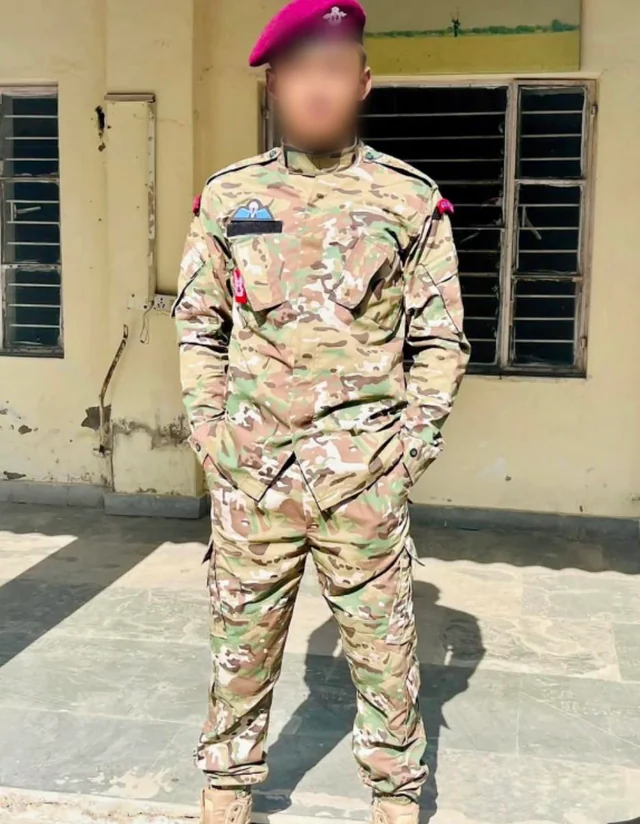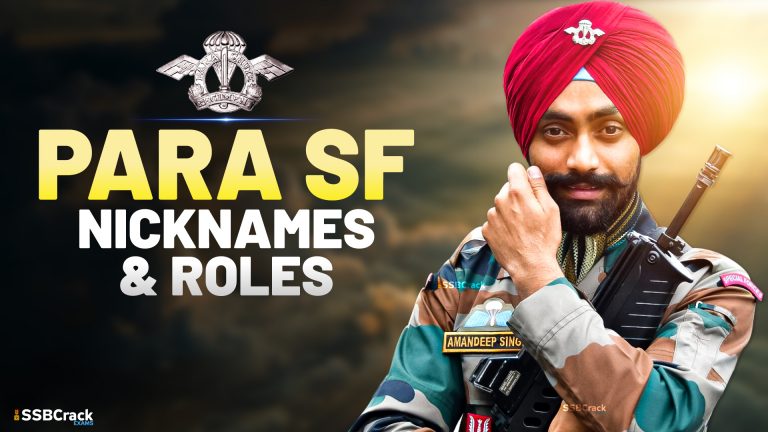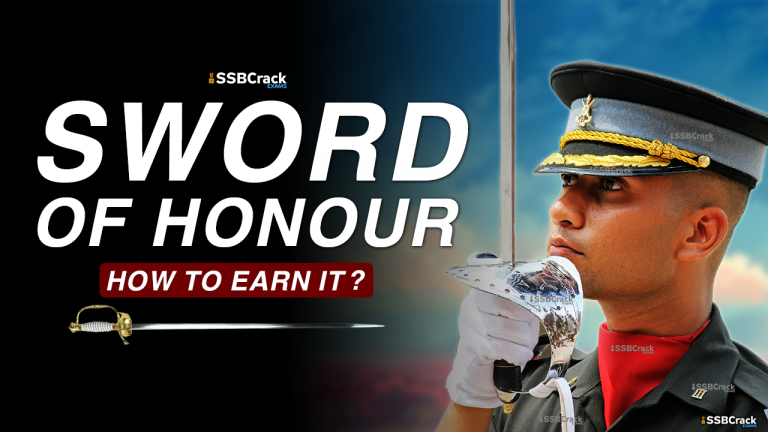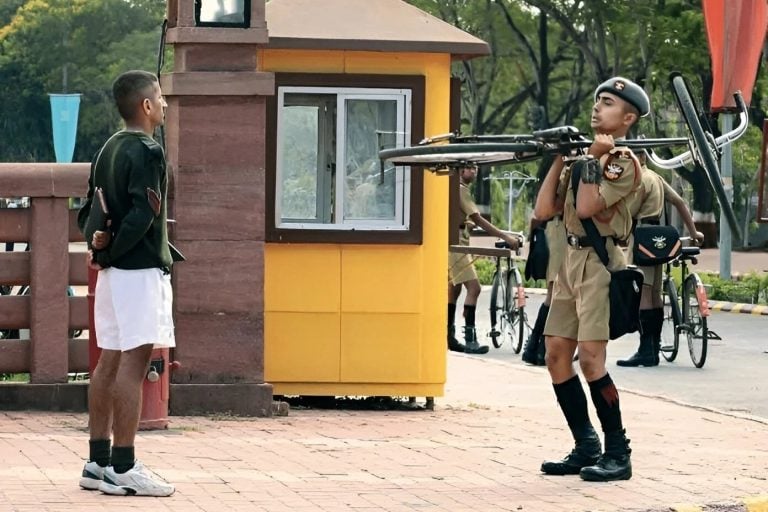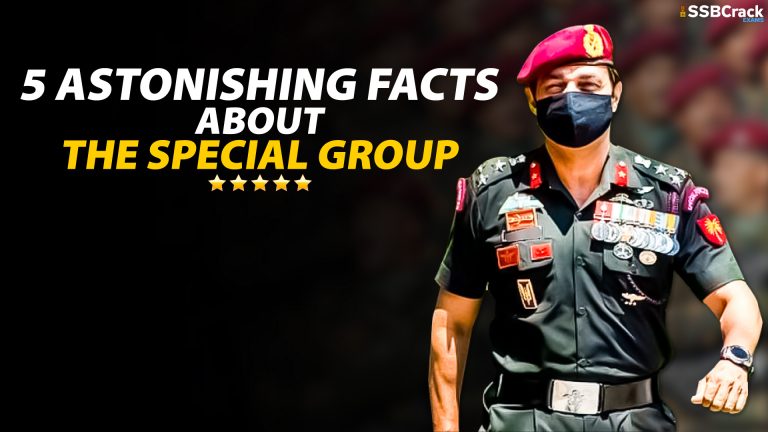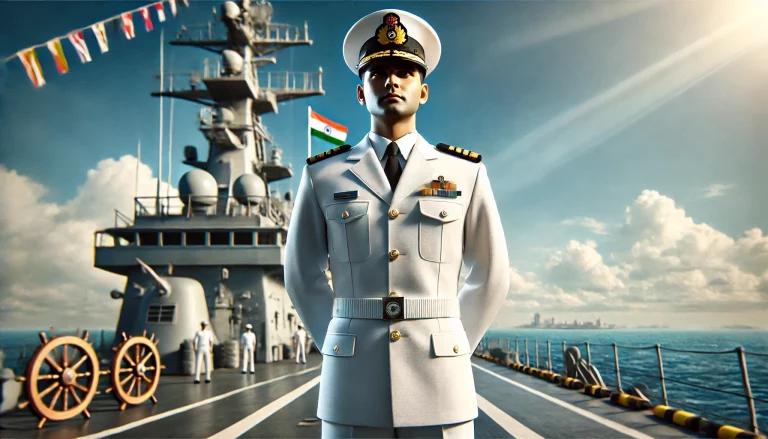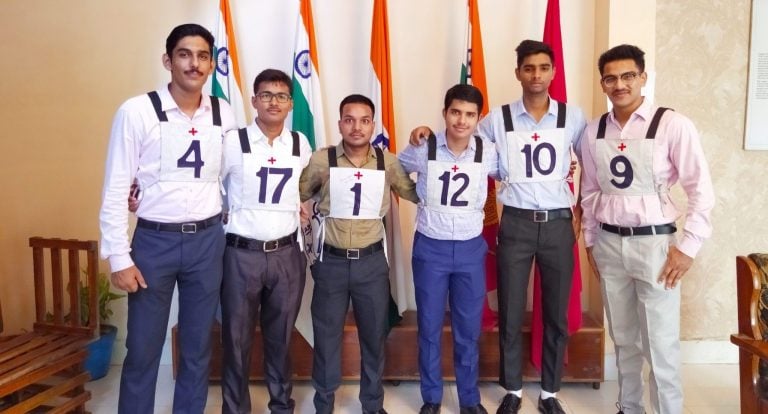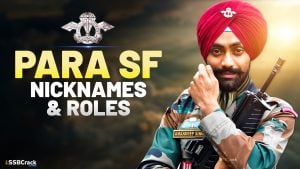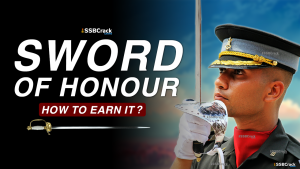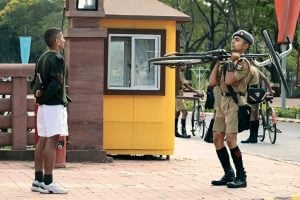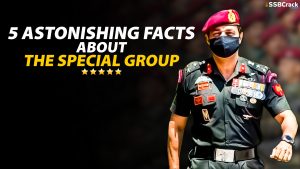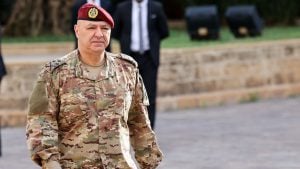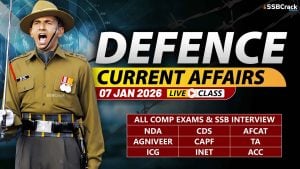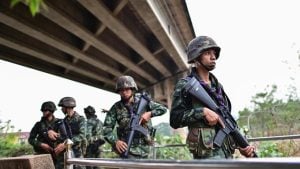A Para SF (Special Forces) commando’s life is a monument to bravery, resilience, and unshakable dedication. These elite fighters undergo intense training to become members of one of the world’s most highly competent and respected special operations groups. A Para SF commando’s journey is nothing short of incredible, full of intense physical and mental trials that develop them into extremely capable and adaptive troops.
Journey of a Para SF Commando
Journey of a Para SF Commando: Phase 1
Choosing and Screening A Para SF commando’s journey begins with a gruelling selection process. As candidates endure tough physical examinations, endurance trials, and psychological evaluations, this phase distinguishes the determined from the rest. The goal is to find people who have excellent physical fitness, mental toughness, leadership qualities, and the capacity to think quickly on their feet. Only those with extraordinary potential go to the next stage. During their training, gentlemen cadets from IMA and OTA Chennai might join the Parachute Regiment. During their service, soldiers and officers might join the Parachute regiments.
Journey of a Para SF Commando: Phase 2
Fundamental Training After being chosen, aspiring Para SF commandos go through a tough basic training programme that puts their physical and mental abilities to the test. Long-distance runs, obstacle courses, combat swimming, combat diving, and extensive weapon training are all part of physical fitness training. Commandos are also trained in a variety of fighting techniques, such as hand-to-hand combat, close-quarters warfare, and aerial operations. Strength, endurance, agility, and the capacity to work efficiently in any terrain or climate are the primary goals.
Individuals who want to join the Para (Special Forces) must go through a rigorous selection process that lasts three months for Para (Special Forces) battalions 1 SF, 2 SF, 3 SF, 4 SF, 5 SF, 6 SF, 7 SF, 9 SF, 10 SF, 11 SF, 12 SF, 13 SF, 21 SF, 23 SF, 29 SF. It is important to know that the Airborne divisions of the Parachute Regiment (5, 6, 7, 11 PARA) had been converted into SF Batallions in June 2022. Candidates must first pass the Paratrooper’s selection in order to qualify as a Para (Special Forces) soldier. Candidates who are chosen have the option of pursuing Special Forces selection, which occurs twice a year during the spring and fall semesters. This selection procedure is widely regarded as one of the most difficult and arduous in the world, encompassing sleep deprivation, humiliation, weariness, and both mental and physical hurdles.
Journey of a Para SF Commando: Phase 3
Specialisation Para SF commandos receive specialised training in areas such as counter-terrorism, reconnaissance, demolition, sniper operations, and unconventional warfare after finishing basic training. These specialised courses sharpen their skills and provide them with the knowledge required to conduct high-risk missions behind enemy lines or in dangerous areas. Intelligence collecting, strategic planning, and collaboration with other units and agencies are all part of training.
In India, the first training to become a special forces operative lasts 3.5 years, making it the longest in the world. However, for special forces members, training is a constant process. They are taught both fundamental and advanced abilities. Combat freefall (by air) and combat diving (by sea) are taught as specialised tactics of infiltration and exfiltration. Some trainees return to the Para Training School (PTS) to finish the free-fall training, which requires at least 50 jumps from altitudes of up to 33,500 feet. They learn both HALO and HAHO procedures. They also learn the HAHO method and specially built manoeuvrable parachutes known as HAPPS (High Altitude Parachute Penetration System) or AMX-310, which allow them to carry out stealth insertions over distances of up to 50 kilometres.
Journey of a Para SF Commando: Phase 4
On-the-Job Training Field experience is essential for a Para SF commando’s journey. Through operational deployments and joint exercises with other special forces, they are exposed to real-world events. These experiences not only sharpen their talents, but also teach students adaptability, fast decision-making, and the ability to function in high-stress situations. Para SF commandos are frequently engaged in counter-insurgency operations, hostage rescue missions, and anti-terrorist operations both domestically and internationally.
Continued Training and Development
A Para SF commando’s path does not end with their initial training and field experience. These fighters are dedicated to continuous learning and improvement throughout their lives. They receive frequent training updates, attend advanced courses, and are continually adapting their abilities to changing threats and operating requirements. Specialisation options for commandos include sniping, combat diving, freefall parachuting, and counter-terrorism techniques.
A Para SF commando’s journey is one of constant pursuit of greatness, embracing the highest levels of physical fitness, mental tenacity, and professional expertise. These commandos are an essential part of India’s defence forces, ready to take on any task, no matter how difficult or risky. Their dedication, sacrifice, and unrelenting bravery are inspiring. The path of a Para SF commando exemplifies the unbreakable spirit and exceptional ability of these elite warriors who serve their country with utmost loyalty and honour.
To crack the SSB Interview, You can join our SSB interview live classes batch and we recommend you to Enroll SSB INTERVIEW ONLINE COURSE. Trusted by thousands of defence aspirants.
Also read:
